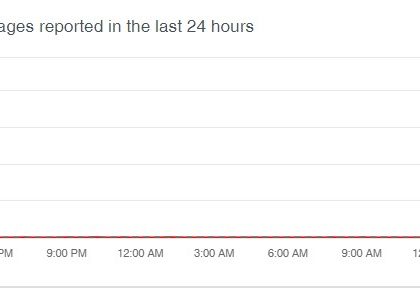Ryuk Ransomware Attack: Rush to Attribution Misses the Point [securingtomorrow]
by CIRT Team
During the past week, an outbreak of Ryuk ransomware that impeded newspaper printing services in the United States has garnered a lot of attention. To determine who was behind the attack many have cited past research that compares code from Ryuk with the older ransomware Hermes to link the attack to North Korea. Determining attribution was largely based on the fact that the Hermes ransomware has been used in the past by North Korean actors, and code blocks in Ryuk are similar to those in Hermes.
The McAfee Advanced Threat Research team has investigated this incident and determined how the malware works, how the attackers operate, and how to detect it. Based on the technical indicators, known cybercriminal characteristics, and evidence discovered on the dark web, our hypothesis is that the Ryuk attacks may not necessarily be backed by a nation-state, but rather share the hallmarks of a cybercrime operation.
How McAfee approaches attribution
Attribution is a critical part of any cybercrime investigation. However, technical evidence is often not enough to positively identify who is behind an attack because it does not provide all the pieces of the puzzle. Artifacts do not all appear at once; a new piece of evidence unearthed years after an attack can shine a different light on an investigation and introduce new challenges to current assumptions.
Ryuk attack: putting the pieces together
In October 2017, we investigated an attack on a Taiwanese bank. We discovered the actors used a clever tactic to distract the IT staff: a ransomware outbreak timed for the same moment that the thieves were stealing money. We used the term pseudo-ransomware to describe this attack. The malware was Hermes version 2.1.
One of the functions we often see in ransomware samples is that they will not execute if the victim’s system language is one of the following:
- 419 (Russian)
- 422 (Ukrainian)
- 423 (Belarusian)
For more, click here.
Recommended Posts

Training on cybersecurity awareness for Department of Women Affairs
25 Nov 2023 - Articles, English articles, News, News Clipping, Service











